


18 Jul
Transporting large breed dogs, such as Great Danes, Irish Wolfhounds, Newfoundland’s, and Mastiffs, presents unique challenges, but with the right preparation, the process can be smooth and stress-free. Here are several key factors to consider to ensure a safe and comfortable journey for your large dog.
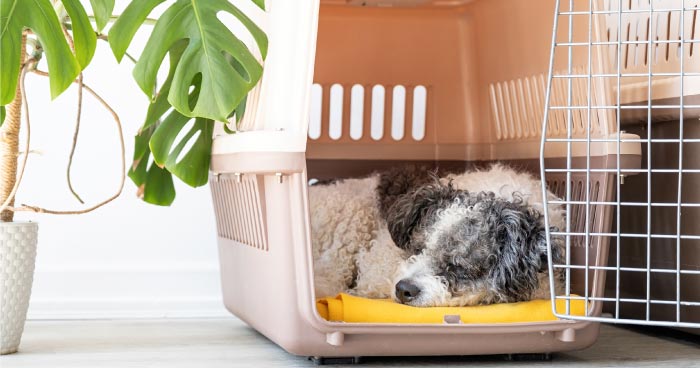
One of the primary considerations for transporting a large breed dog is the travel Crate. If your dog is flying, whether domestically or internationally, they will need an IATA-Approved travel crate. Given the size of giant breeds, a standard plastic kennel may not suffice. In such cases, a custom-built wooden crate will be necessary. Companies like Starwood specialize in constructing these crates based on the exact measurements of your dog. It is crucial that the kennel provides enough space for your dog to stand, sit, turn around, and lie down comfortably. Adequate space is essential for their well-being during the trip, reducing stress and minimizing the risk of injury.
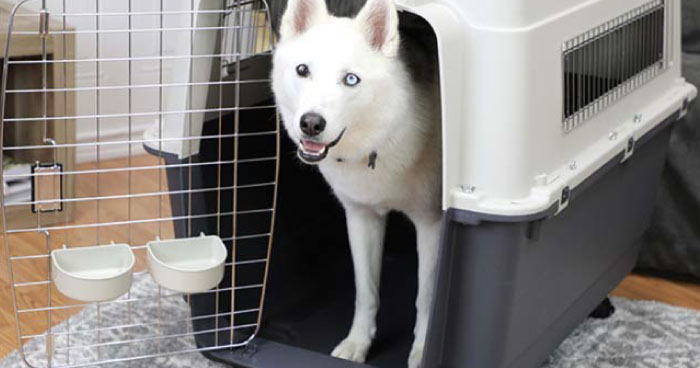
Ensuring proper hydration is another vital aspect of transporting large breed dogs. They require a continuous supply of fresh water during the journey. You can achieve this by attaching a water bottle or a spill-proof water bowl inside the travel kennel. Ensure the water container is filled adequately to last throughout the journey, as refills might not be possible during transit. Besides providing water during transportation, it’s essential to monitor your dog's hydration levels before and after the trip. Signs of dehydration include dry gums, excessive panting, loss of skin elasticity, and lethargy. If you observe any of these symptoms, seek veterinary attention immediately to prevent serious health issues.
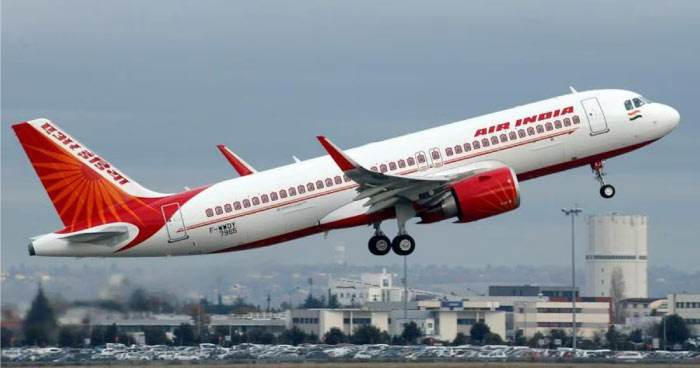
Not all aircraft are equipped to transport large breed dogs. Airlines use different types of aircraft for various routes, and some smaller planes might not accommodate very large travel kennels in the cargo hold. It is essential to check with the airline or pet transport company to ensure that the flight can accommodate your dog’s kennel. This may require flexibility with flight options, as a direct route may not always be possible. Being open to connecting flights can increase the likelihood of finding a suitable aircraft for your dog.
When planning to transport a large breed dog, it’s important to be aware of any breed restrictions imposed by airlines and destination countries. Certain breeds may be restricted from travel or import due to regulations aimed at ensuring safety. Verify with both the airline and the destination country to ensure there won’t be any issues bringing your dog along. Some airlines may require specific breeds to travel in a CR-82 reinforced travel kennel, designed for extra durability and security. Ensuring compliance with these regulations is crucial to avoid complications during travel.
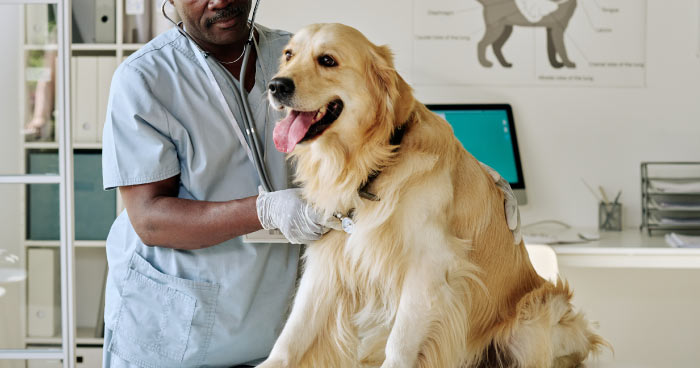
Before embarking on a journey with your large breed dog, consulting with your veterinarian is essential. This is particularly important for snub-nosed (brachycephalic) breeds, older pets, or those with pre-existing health conditions, as they may face higher risks during transportation. Schedule a thorough check-up with your vet to assess your dog’s overall health and to receive any necessary vaccinations or treatments. Your veterinarian can also provide advice on making the journey as comfortable and stress-free as possible for your dog, including tips on managing anxiety and motion sickness.
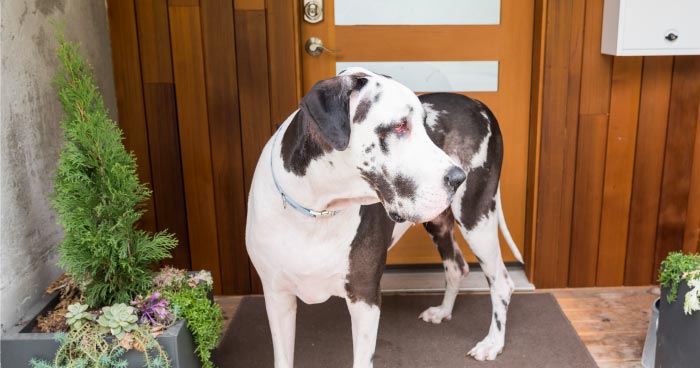
When relocating with a large breed dog, consider any restrictions in your new housing area. Some countries or housing communities have specific rules regarding pet ownership, including restrictions on certain breeds or sizes of dogs. Research these regulations to ensure that your new home allows large dogs. Additionally, large breed dogs require ample space to move and exercise, so it’s important to find a home with a yard or access to nearby parks. Adequate space helps prevent behavioral problems associated with confinement and ensures your dog’s physical and mental well-being.
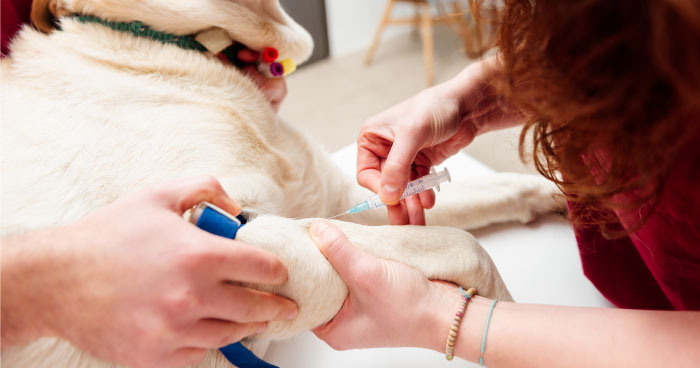

Understanding the specific dog import requirements of your destination country is crucial when traveling with your dog. These requirements are designed to protect the health and safety of both animals and humans. Common import requirements include microchipping, vaccinations, blood tests, and parasite treatments. Many countries require dogs to be microchipped and the chip registered with a recognized database. Core vaccinations such as rabies, distemper, and parvovirus are typically mandatory, with specific timeframes for administration prior to travel.
Blood tests might be required to confirm that your dog is free from certain diseases. These tests are usually conducted at accredited laboratories, with results needed within a specific timeframe. Parasite treatments, covering internal parasites like worms and external ones like fleas and ticks, are also commonly mandated. Additionally, government documents such as a pet passport, health certificate, or import permit may be required, serving as proof that your dog meets all necessary health requirements for travel.
It’s important to note that some countries have additional requirements or restrictions for specific breeds. Certain breeds may be prohibited or require extra documentation and permits for importation. Thoroughly research these breed-specific regulations to avoid any issues during your travel.
By carefully considering these factors and preparing accordingly, you can ensure a safe, comfortable, and smooth journey for your large breed dog.

AUTHOR’S BIO
ARSH BHARDWAJ
I am passionate about language, storytelling and the human urge to connect Having paid close attention to marketing and branding as a craft for some time, I'm eager as ever to indulge my passion for prose.